The EU killed Lightning and Apple will have to switch to USB-C sooner or later. It may not already be in the iPhone 15 series, in theory we can expect USB-C only in the iPhone 17, maybe we won't see it at all when the "mythical" portless iPhone arrives. But now let's think that Apple will actually deploy USB-C in iPhones. Will it give us from iPad Pro or just iPad 10?
It looks the same, but it's definitely not the same. If we are used to the fact that Lightning is still just one and the same Lightning, this is definitely not the case in the case of the USB-C form. Although it has one form, it has more specifications than you might imagine. But everything is primarily about speed.
It could be interest you
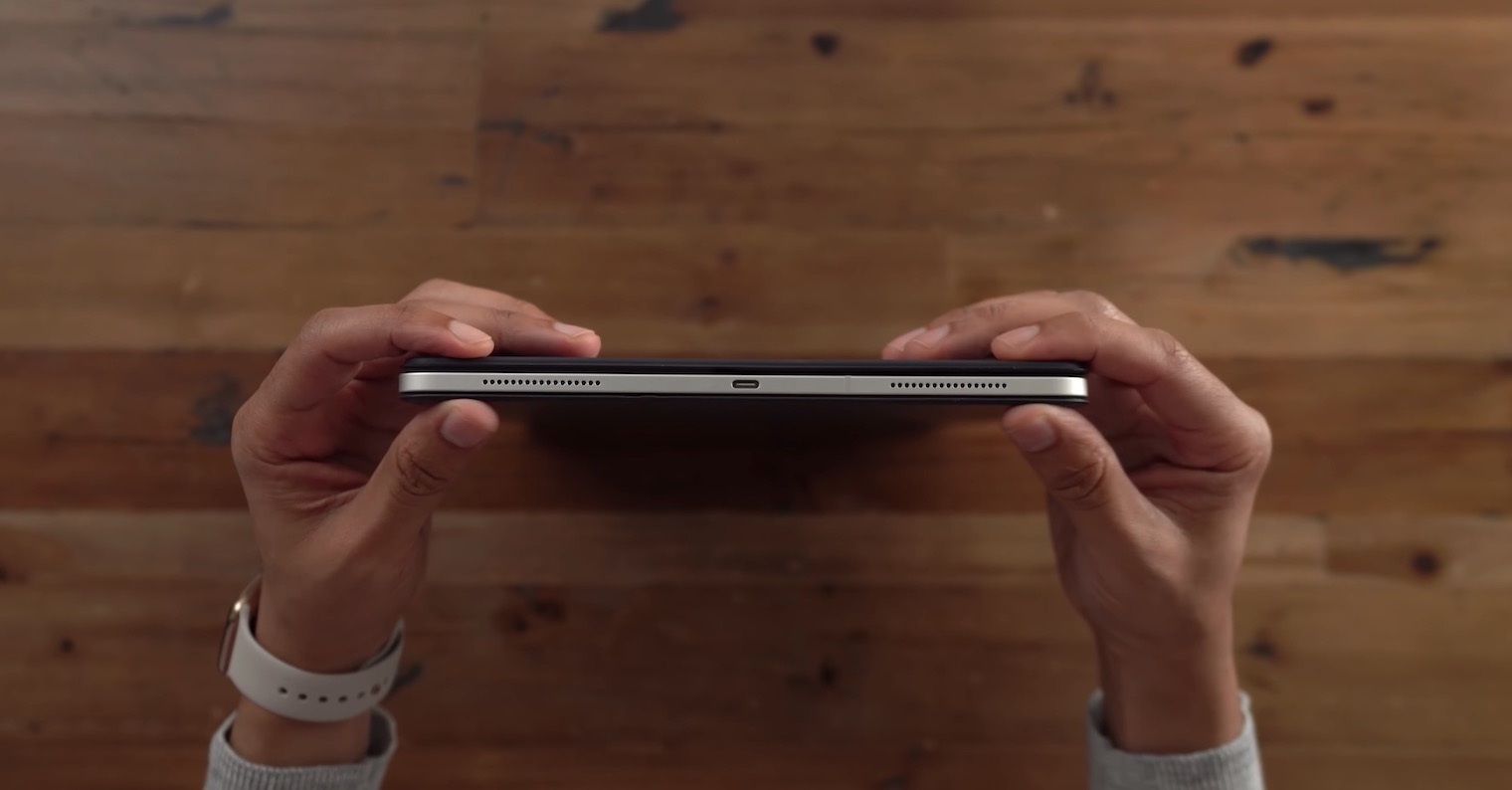
The situation with iPads will tell a lot
The issue of USB-C is extensive, but what is important is that there are several standards that are added over time and as the technology itself progresses. Then there is the strategy of the given company, which puts the slower standard in the cheaper device, and the best one in the most expensive one. Of course, it can also be divided into basic models and Pro models, that is, if we start from the situation that exists with iPads.
The current iPad of the 10th generation has been equipped by Apple with the USB 2.0 standard with a transfer speed of 480 Mb/s. The funny thing is, it's a slam dunk compared to the Lightning, only the physical proportions of the connector have changed. And it is quite possible that the basic iPhone 15 or their future versions would also include this specification. In contrast, iPad Pros have Thunderbolt/USB 4, which can handle up to 40 Gb/s. In theory, iPhone 15 Pro or their future versions could be equipped with this.
It could be interest you
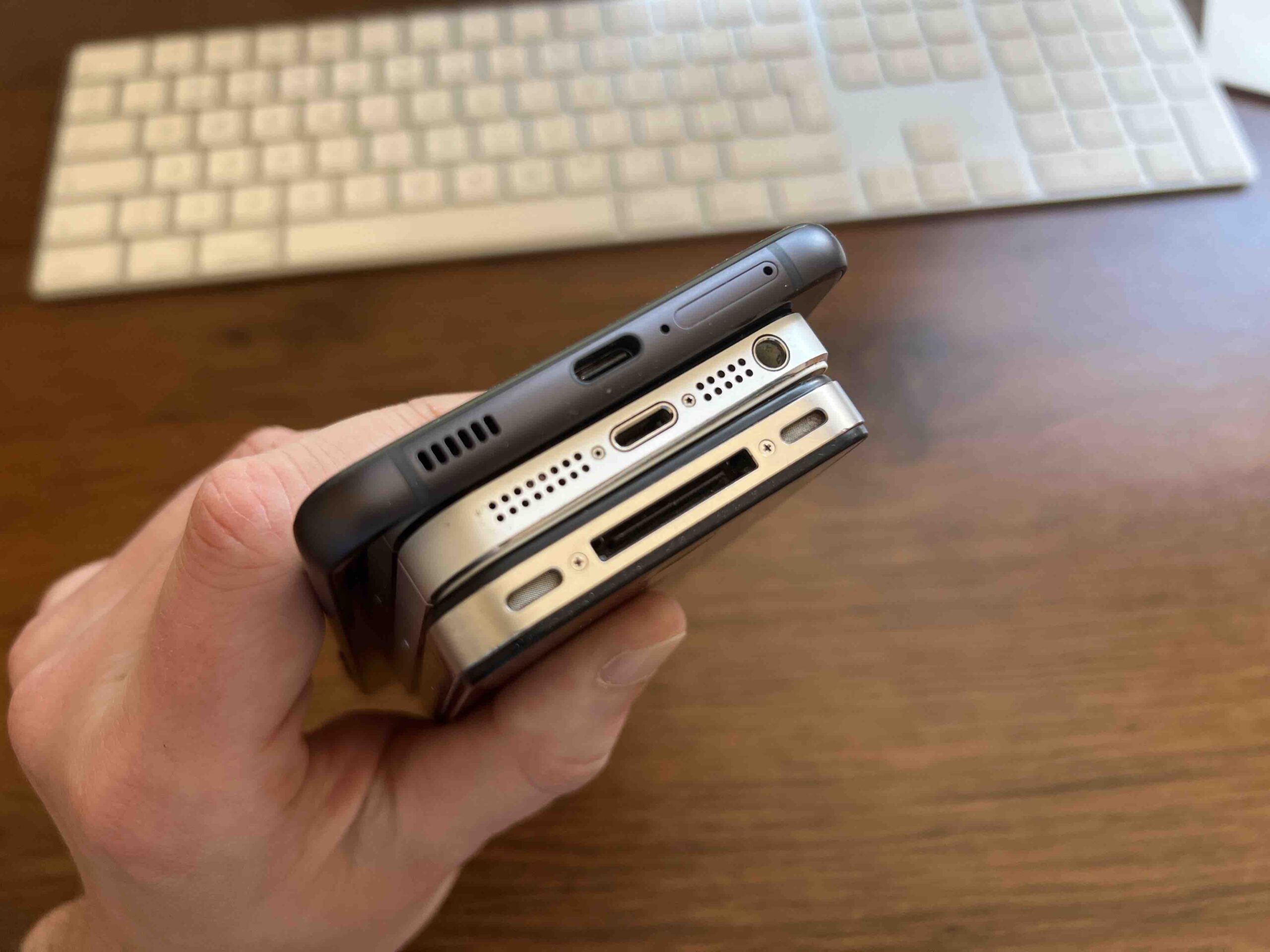
But do we need fast USB-C?
How many times have you connected your iPhone to your computer and transferred some data? It is precisely in this respect that we clearly recognize the differences in speed best. If your answer is that you don't remember, you can actually rest easy. The second factor where you will recognize the USB-C standard is connecting the device to an external monitor/display. But have you ever done it?
For example, the iPad 10 supports one external display with a resolution of up to 4K at 30 Hz or a resolution of 1080p at 60 Hz, in the case of the iPad Pro it is one external display with a resolution of up to 6K at 60 Hz. Not going to connect your future iPhone to a monitor or TV? So again, you don't care what USB-C specification Apple gives you.
Maybe it would change if iPhones learned to work better with multitasking, if Apple gave us some form of interface like Samsung's DeX. But we probably won't see that, which is why the need to connect the iPhone with a cable, either to a computer or a monitor, is rare, and the USB-C specification is therefore perhaps pointless.


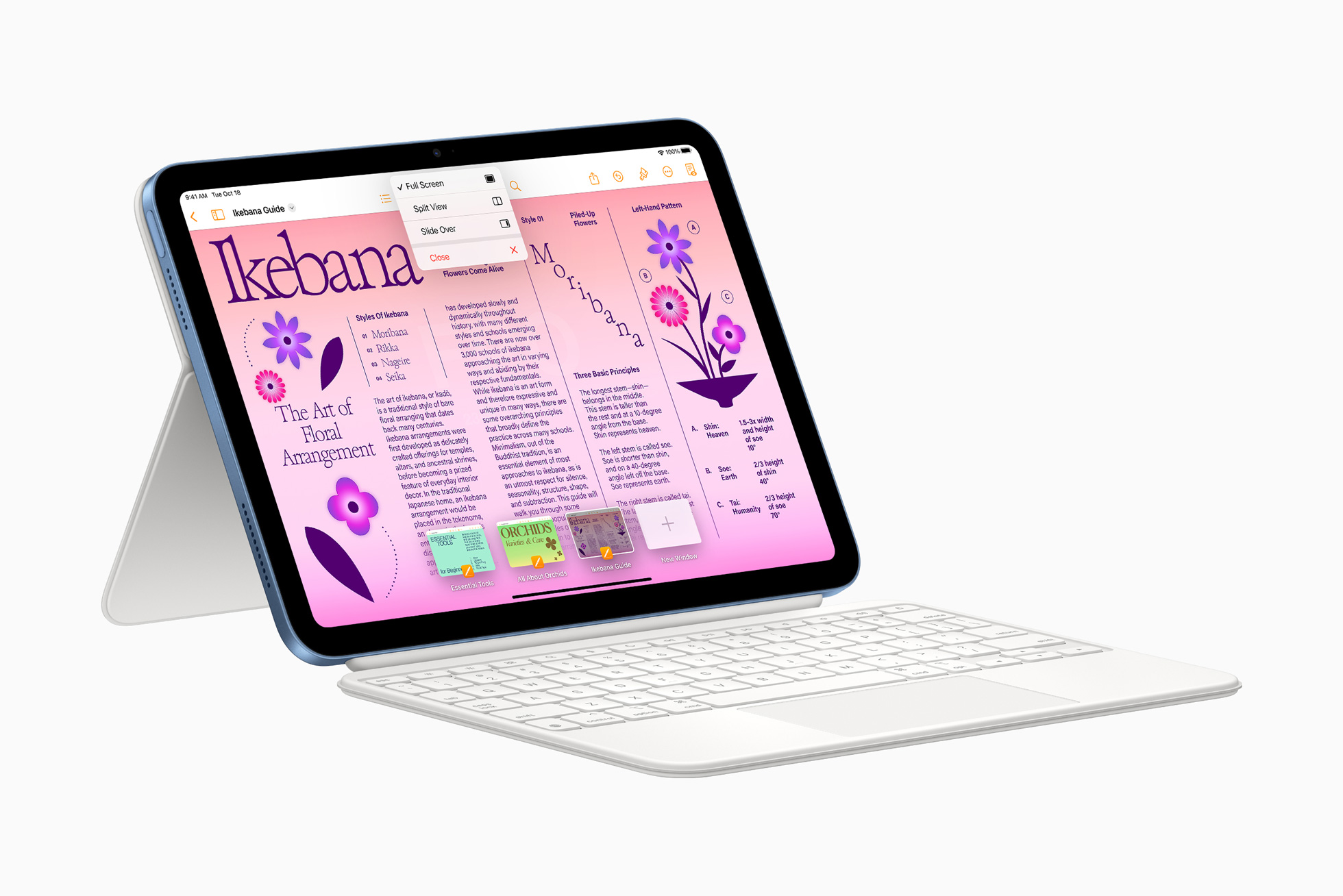
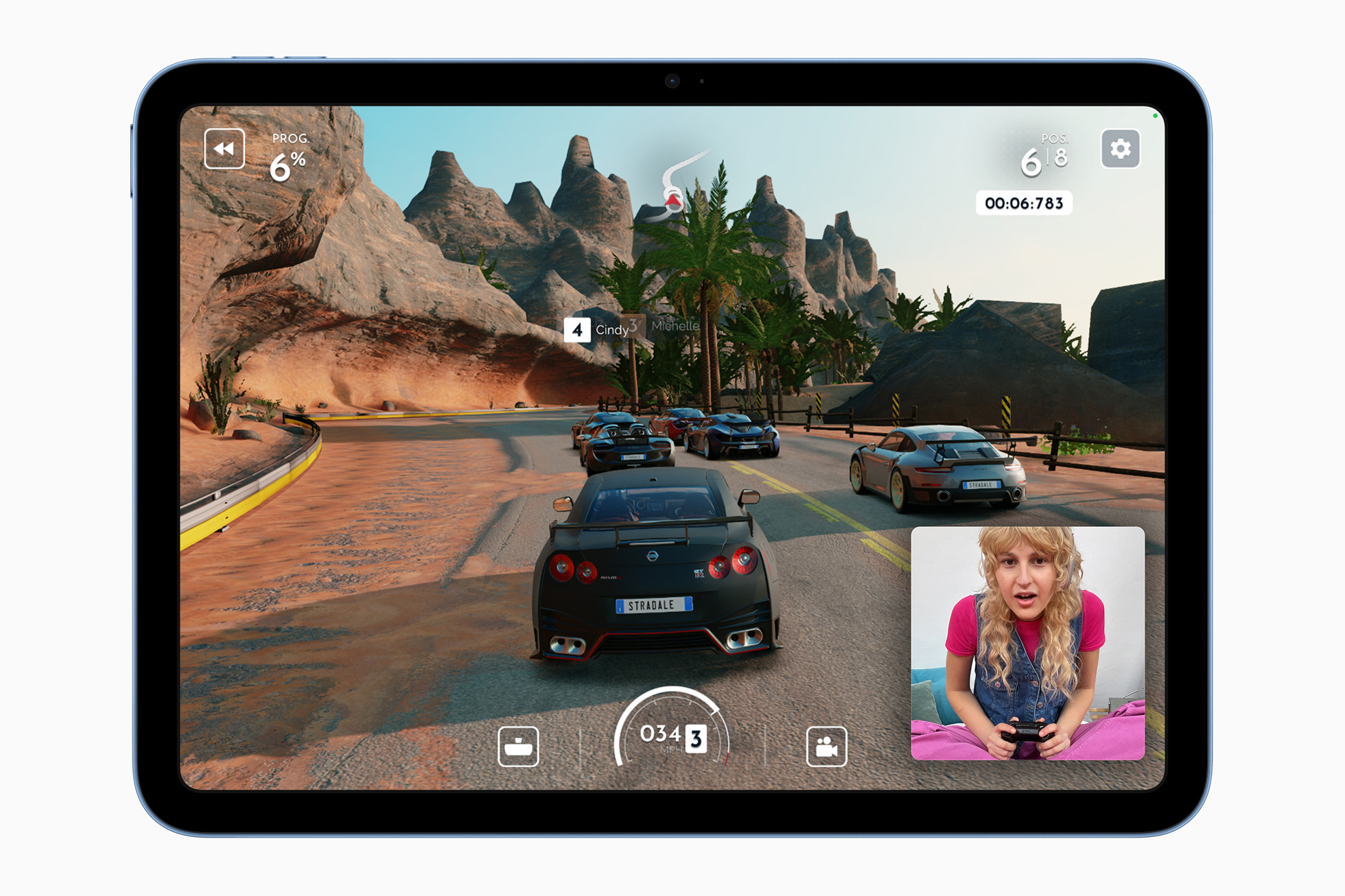
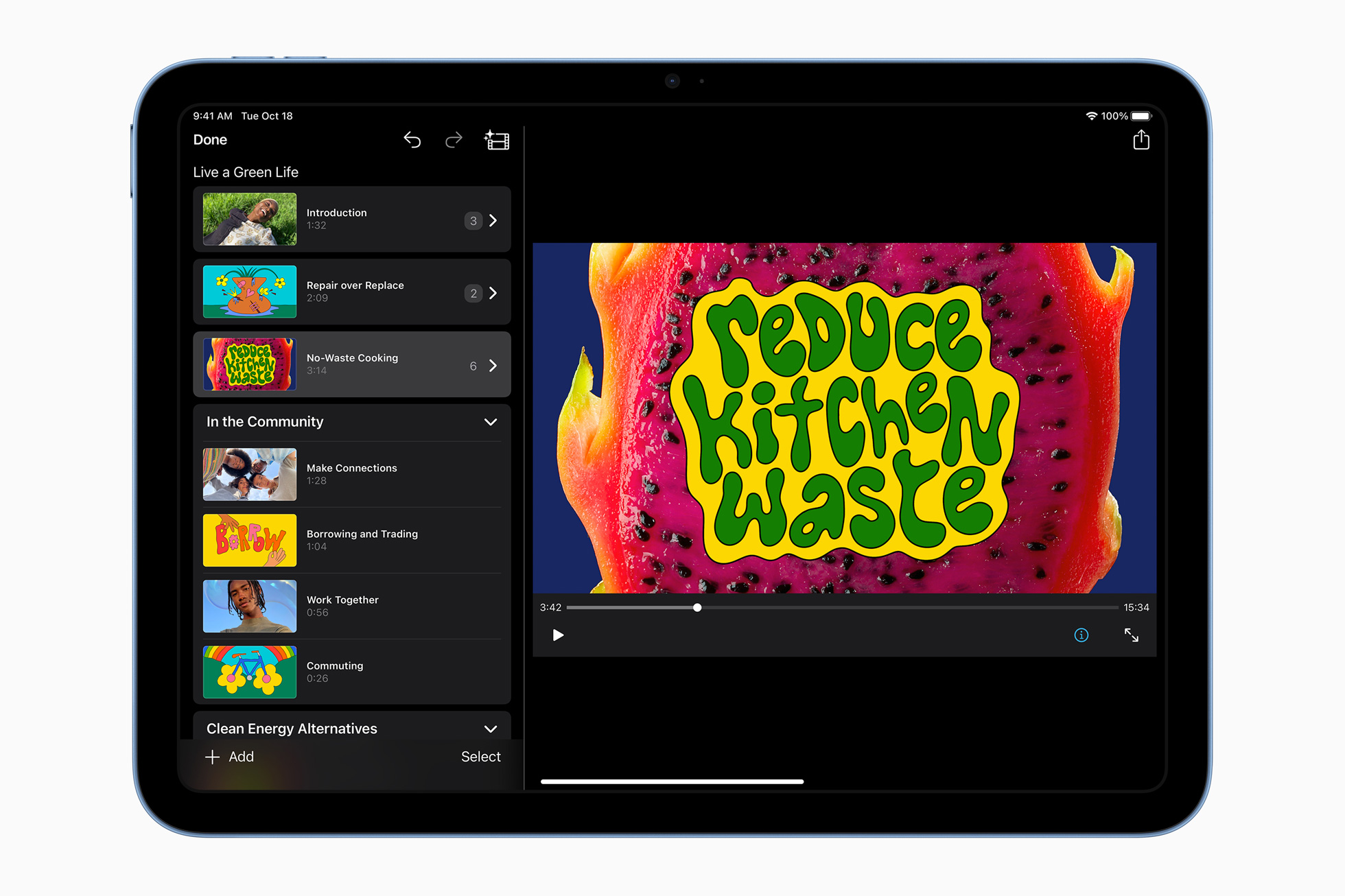

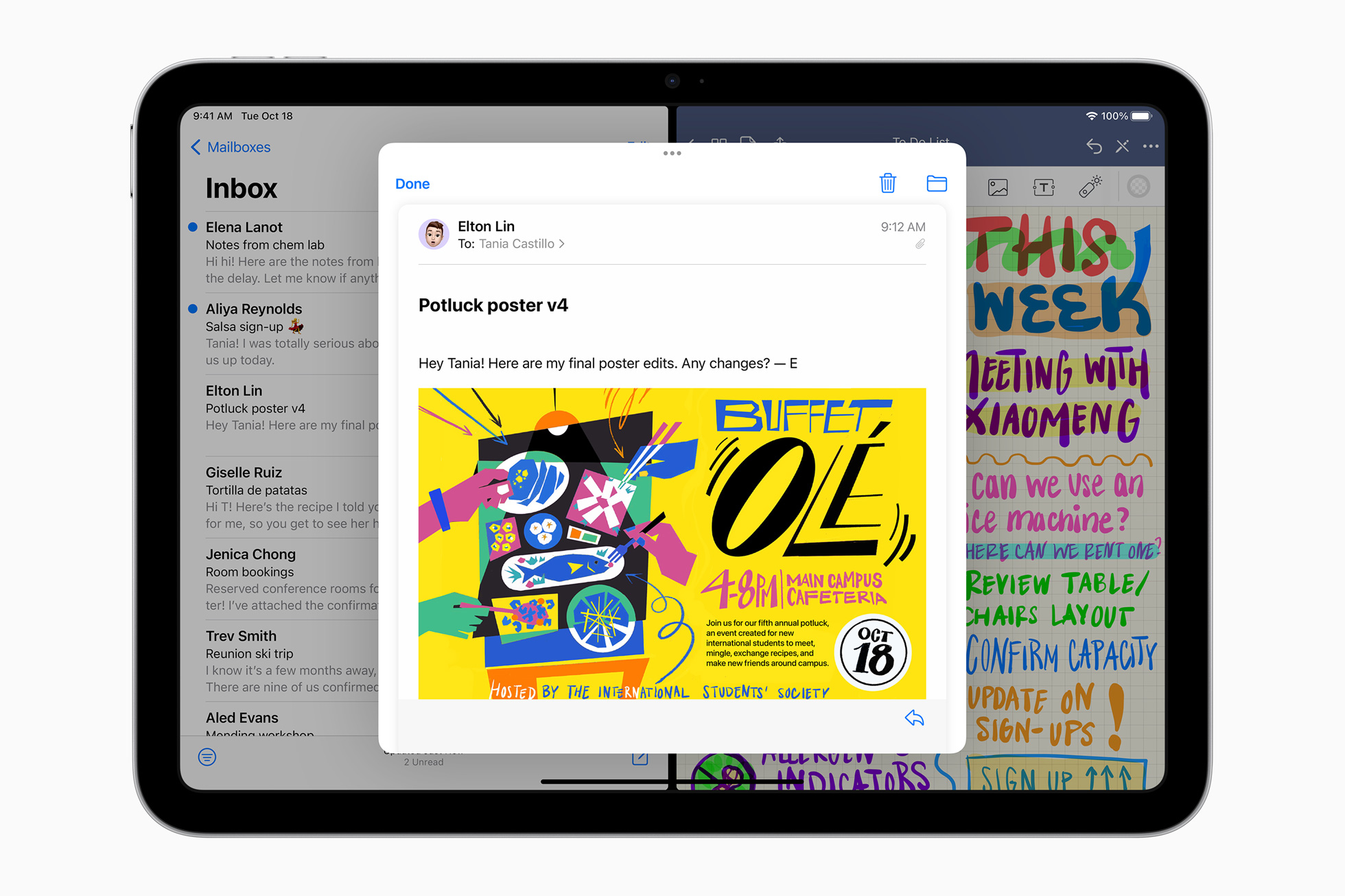
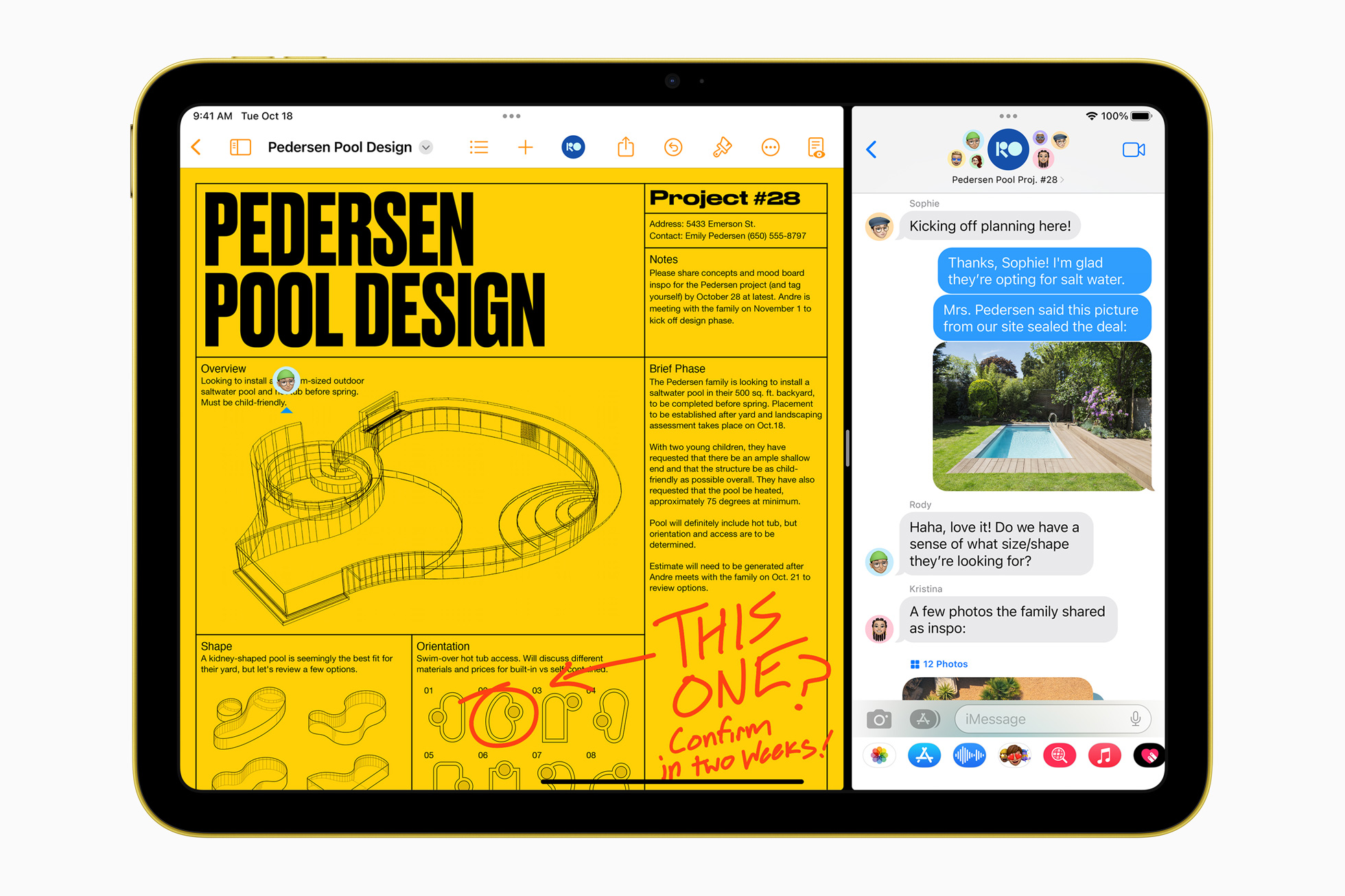
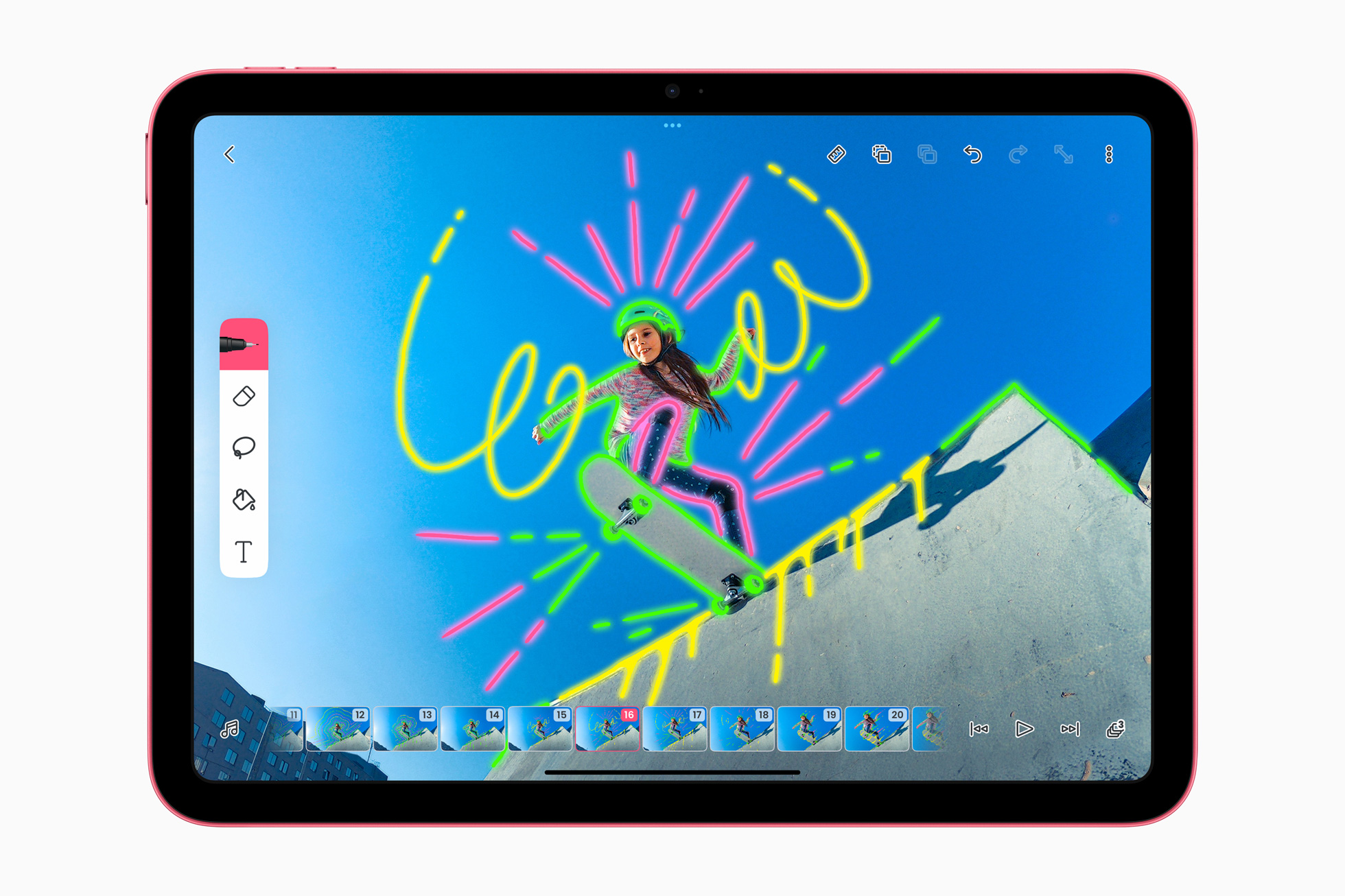
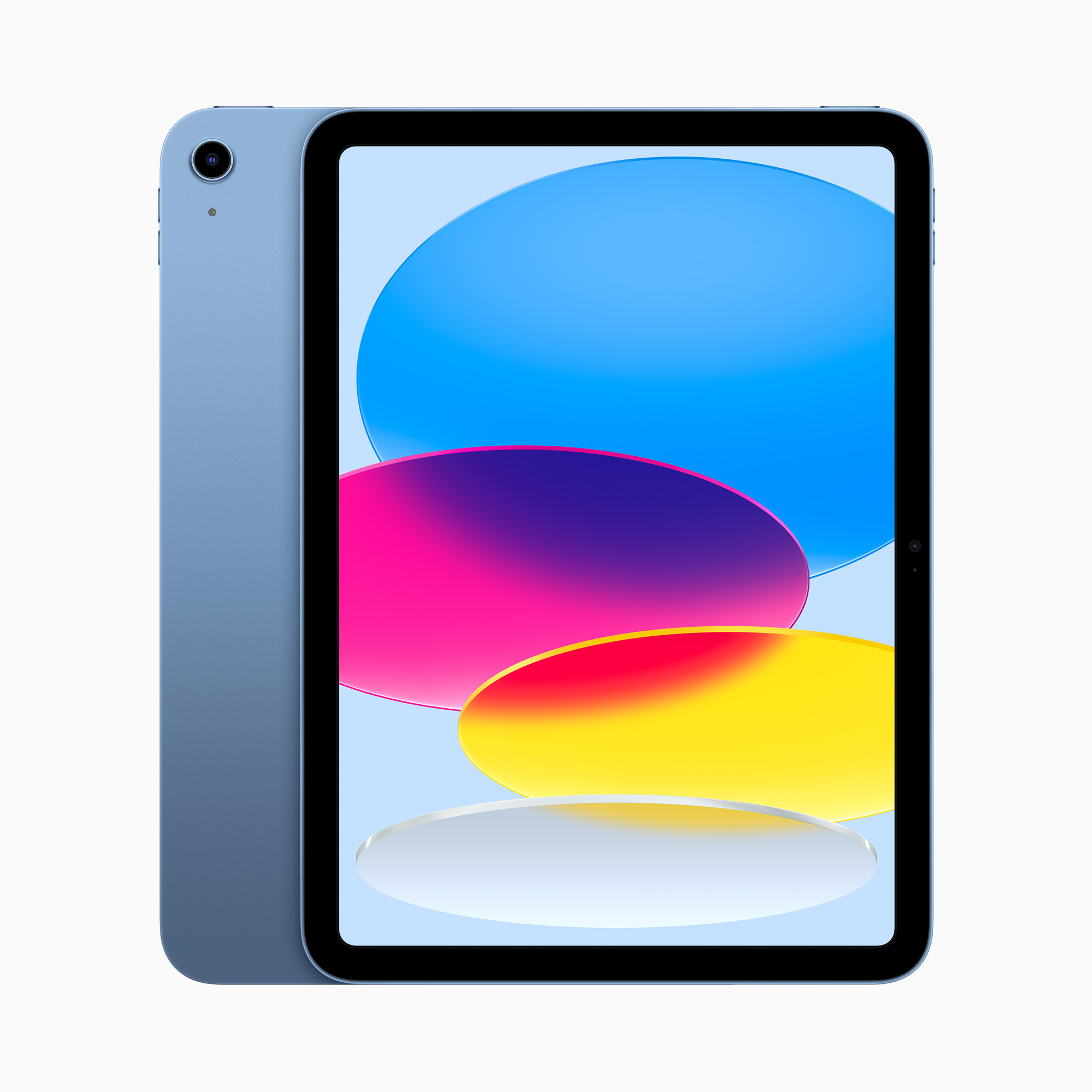

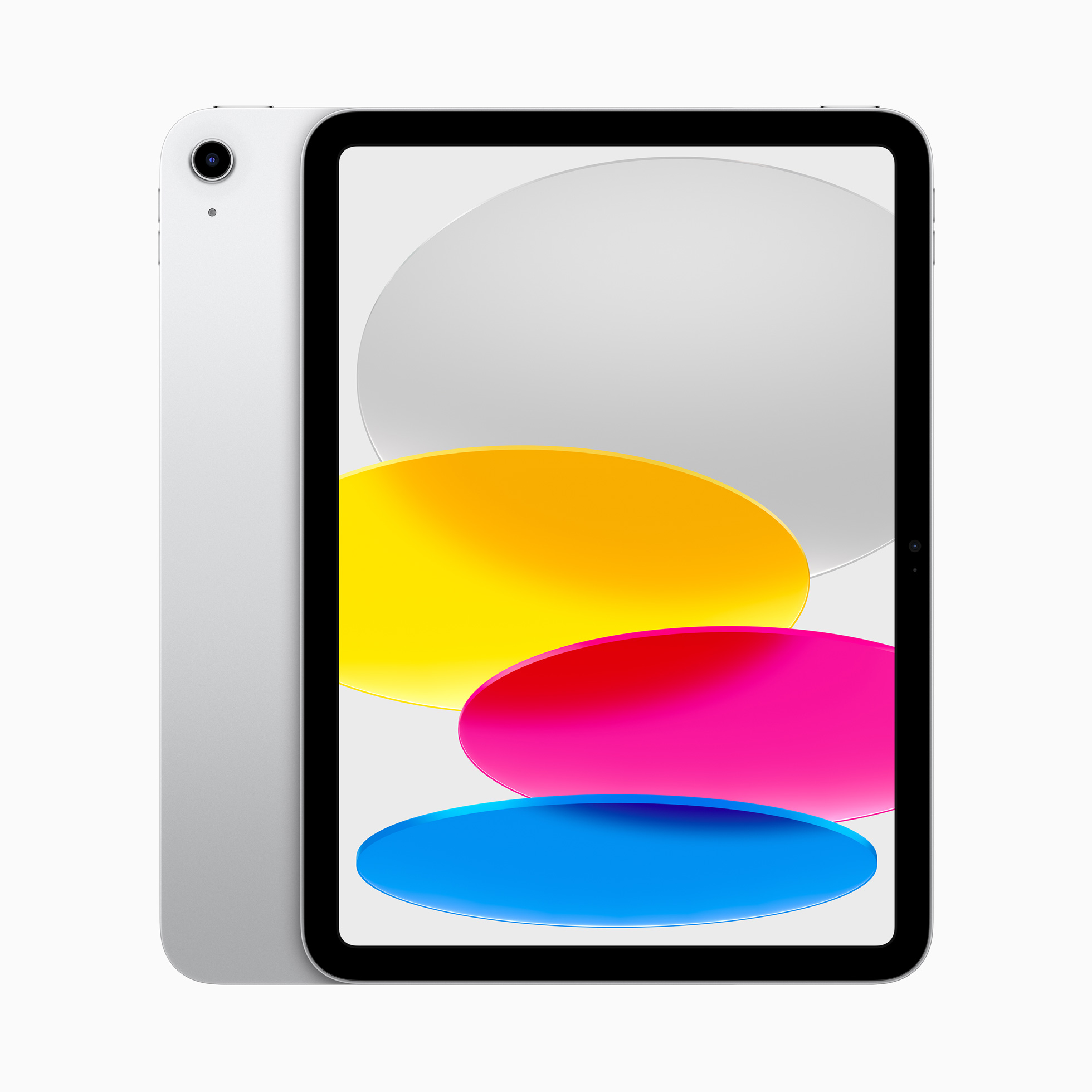
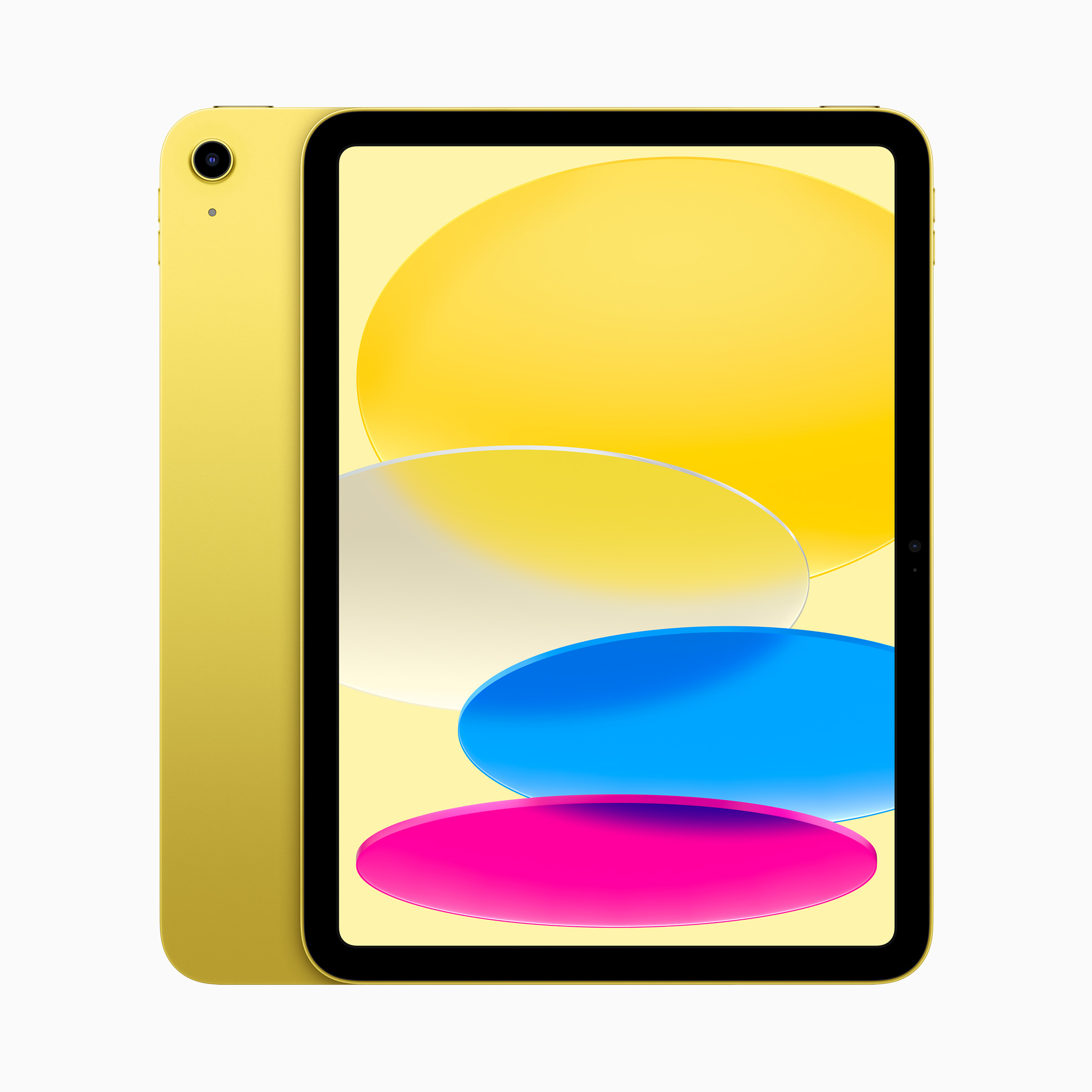
 Adam Kos
Adam Kos 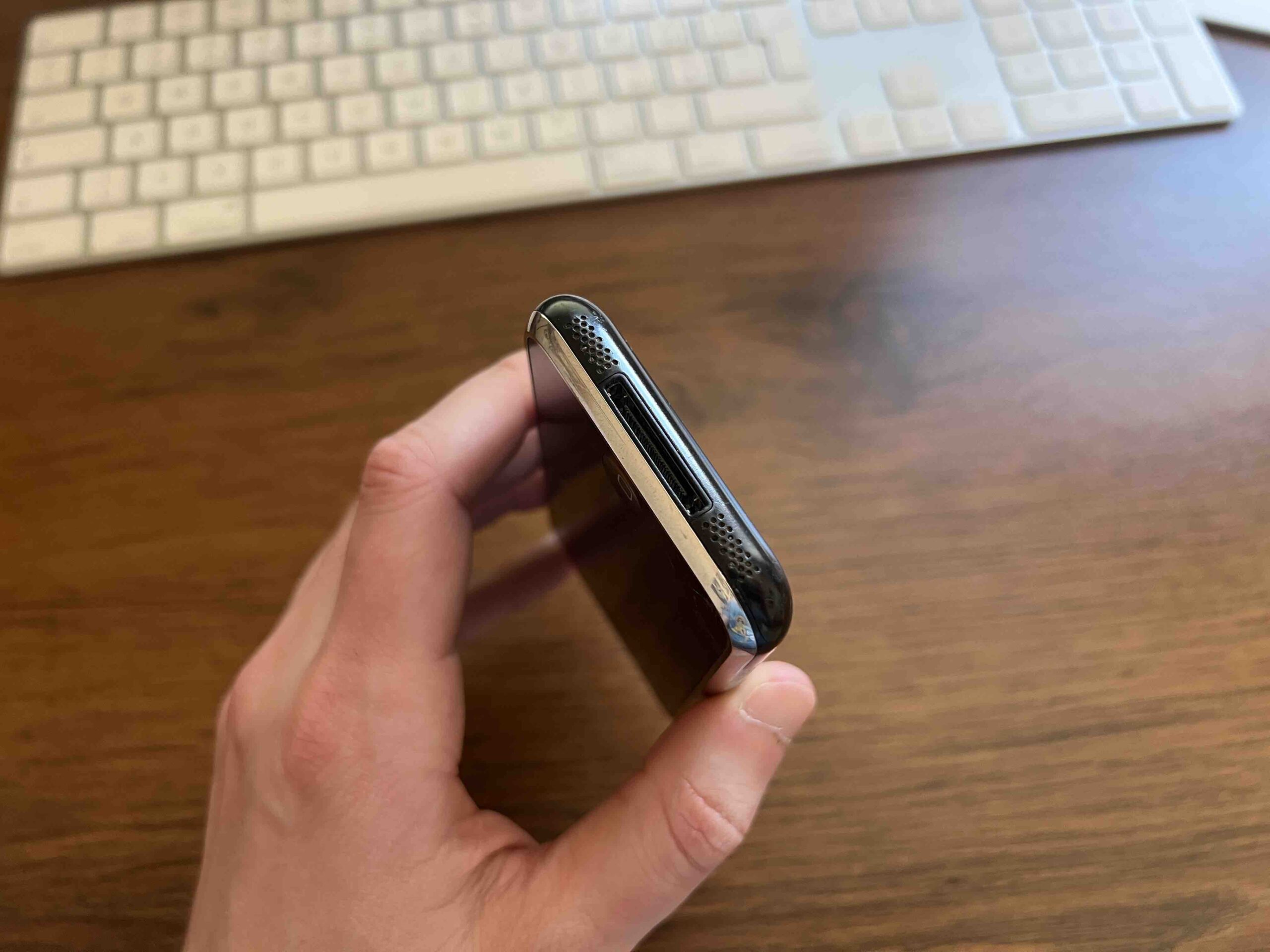
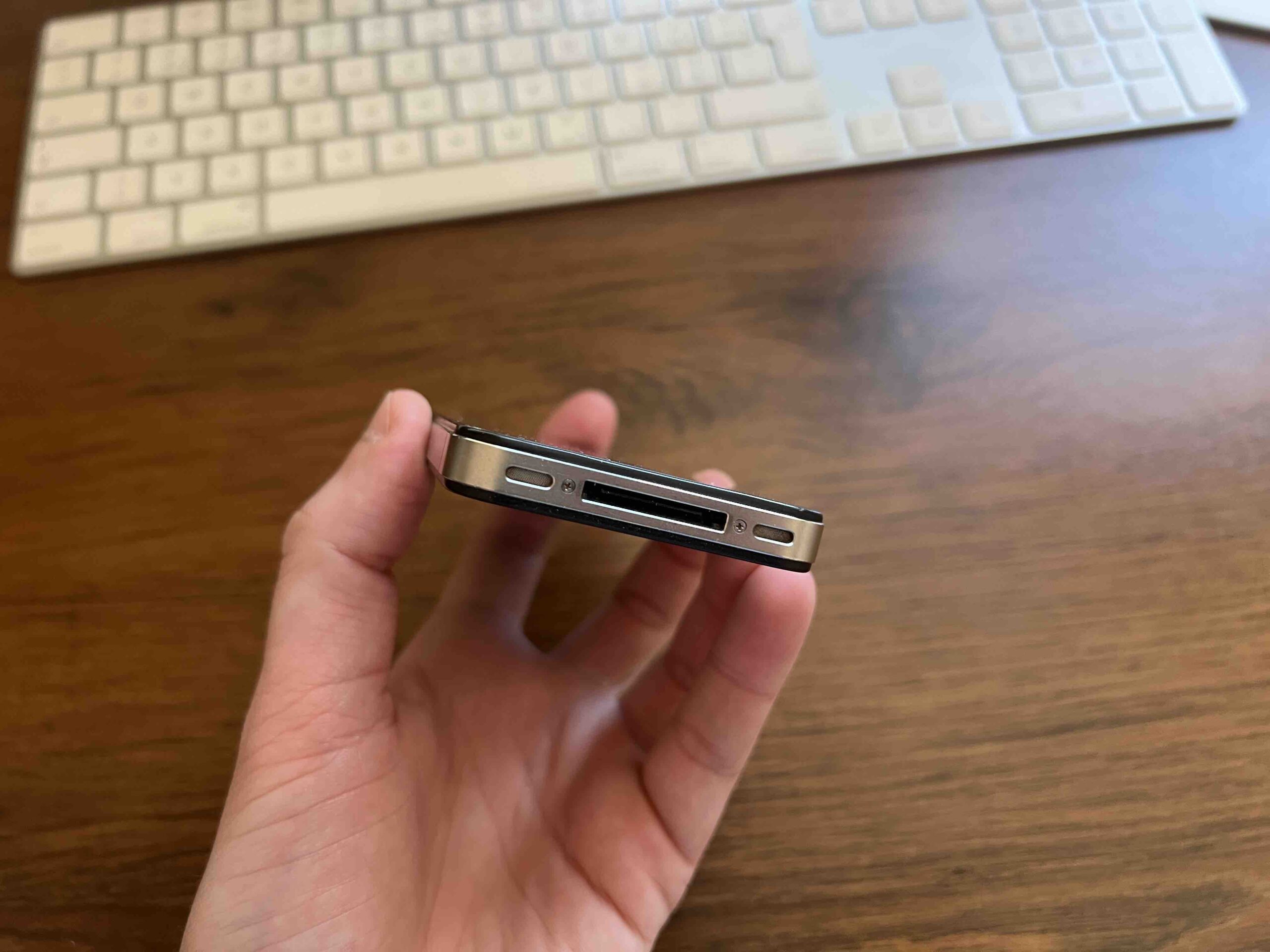
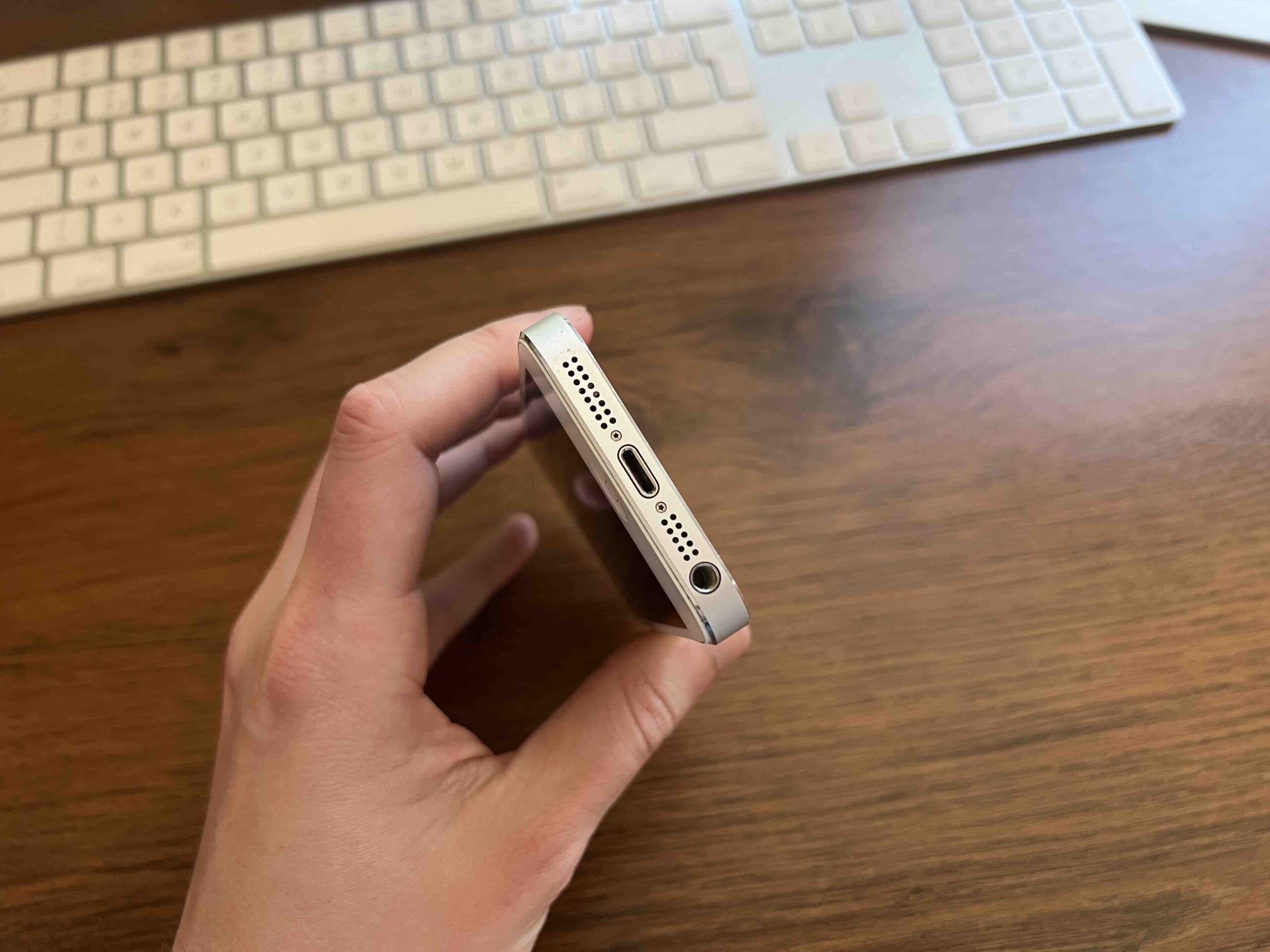

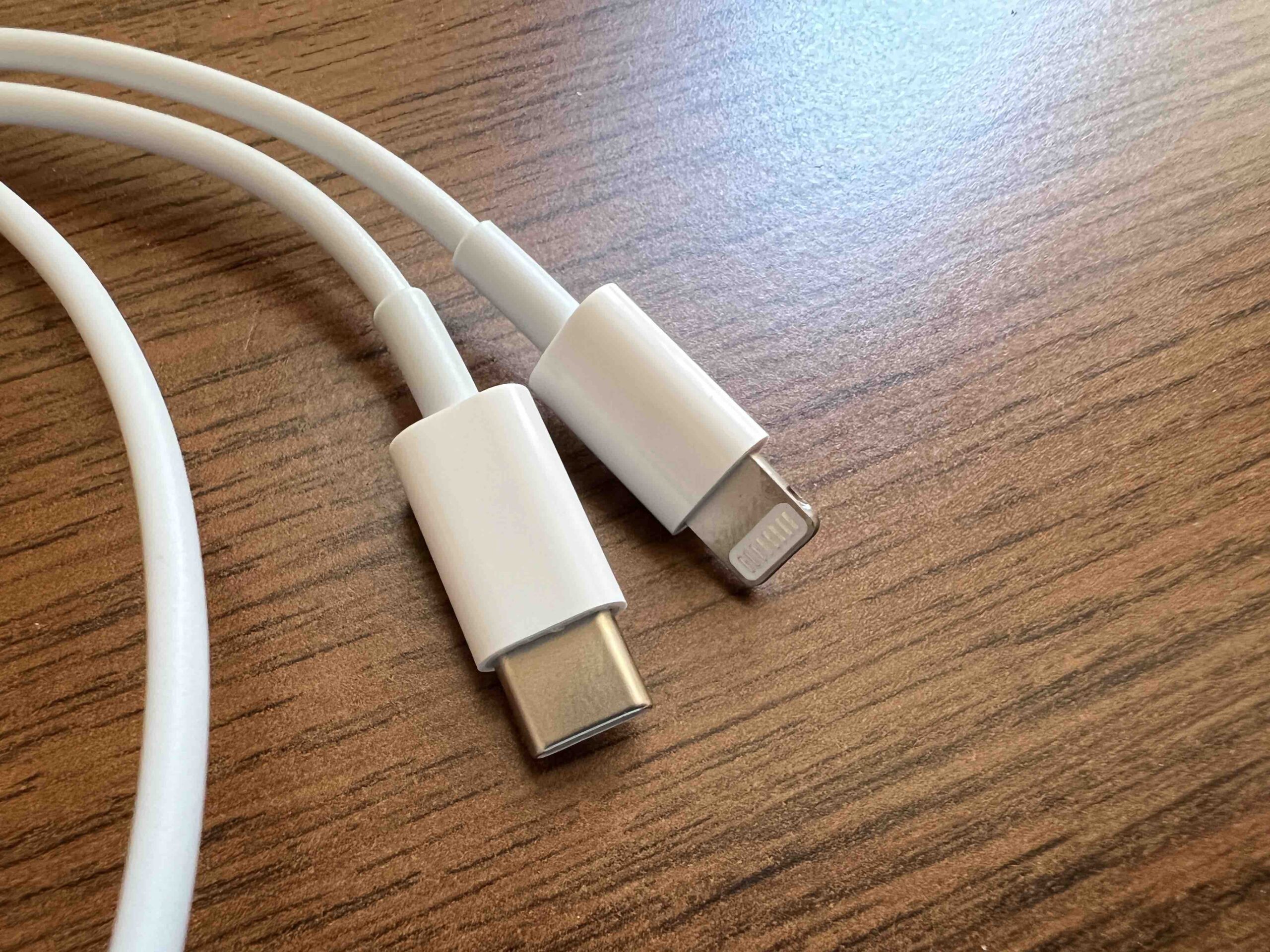
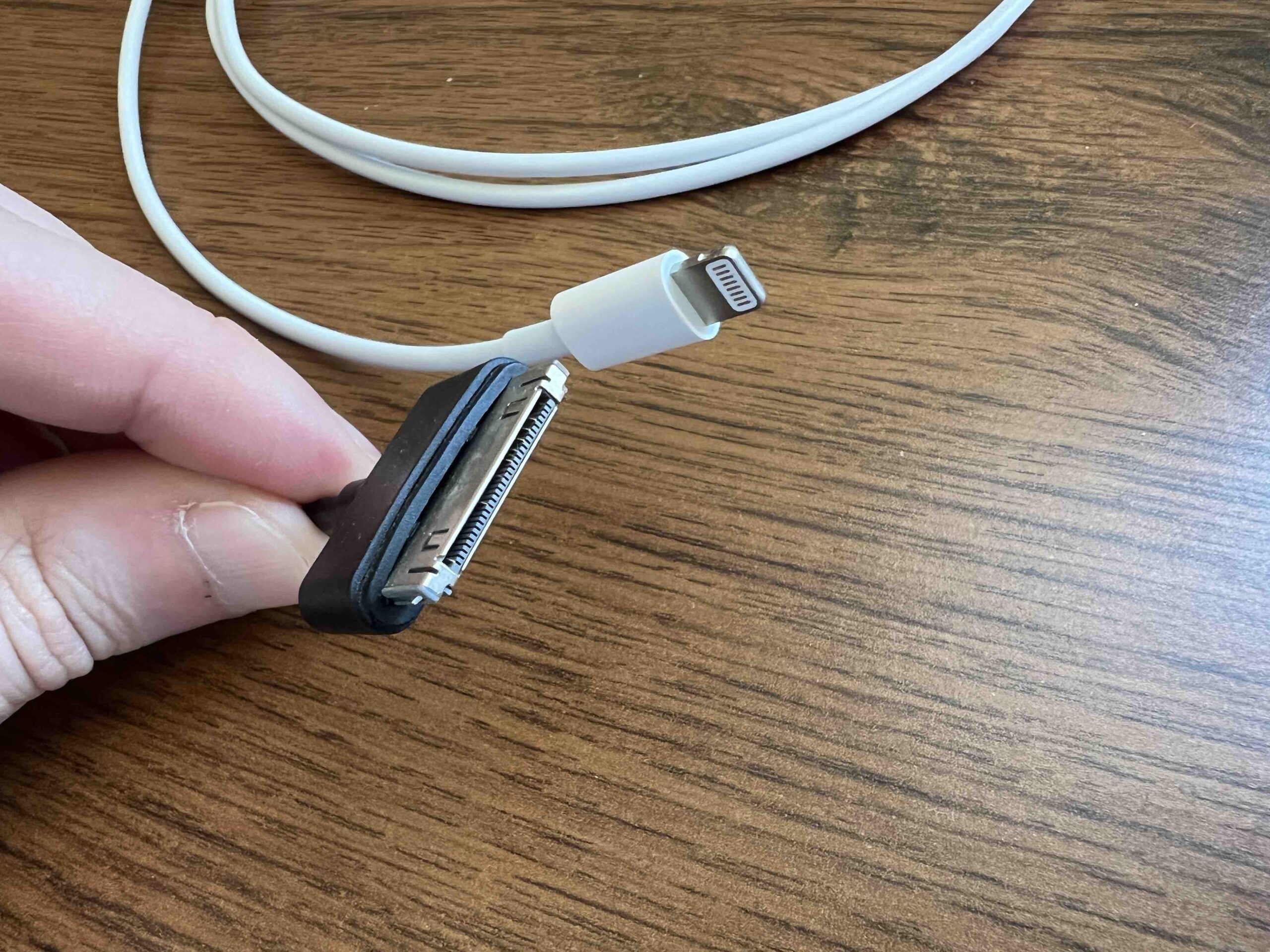
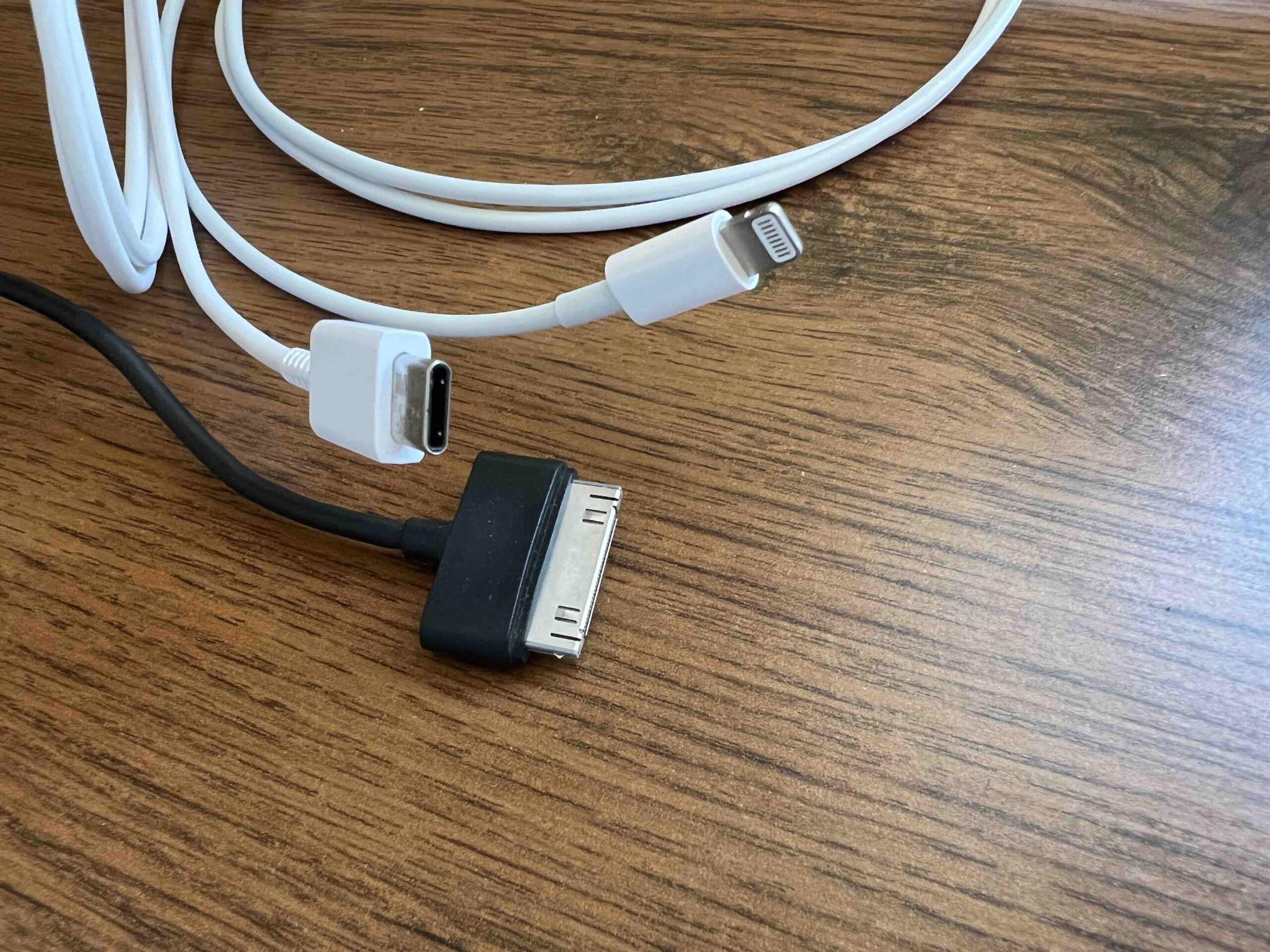

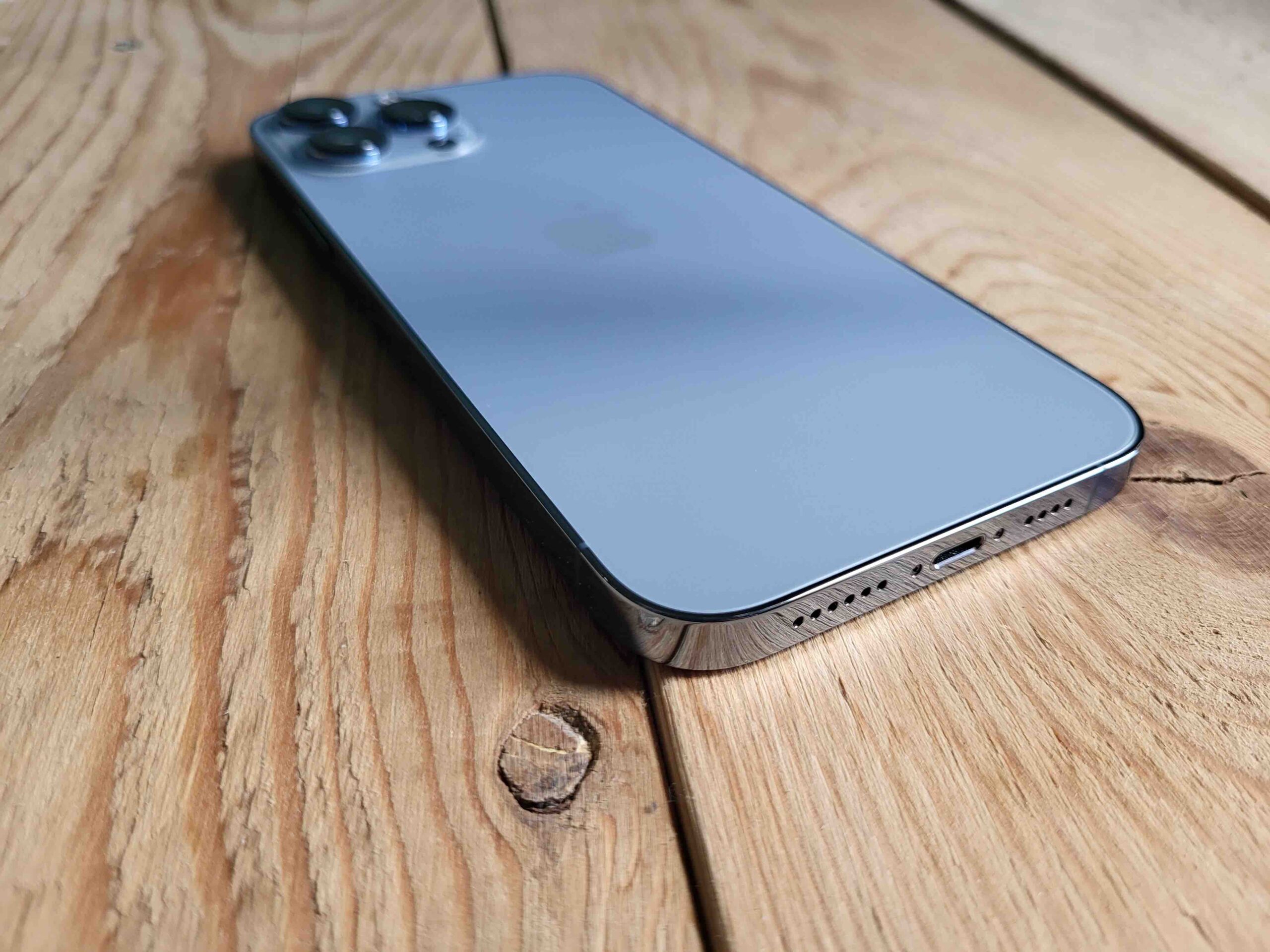
Of course it won't be a win. What angers me the most is that because of a few idiots from the EU, I will have to throw out a lot of accessories worth thousands and buy new ones. They say it's a fight against unnecessary e-waste, but with this stupid decision they will produce a lot more of that e-waste.
iPhones practically do not need any connector. It's more or less just a survival thing. The second thing is what the EU actually says. Stupid media and editors tell us that the EU has cut lightning. But it's not like that at all. The EU only deals with charging connectors. Which data interface will be used by which manufacturer is not on the agenda at all. And here Apple already has a different solution long ago, so to keep discussing what Apple has to or doesn't have to is like a deaf person banging on the door.